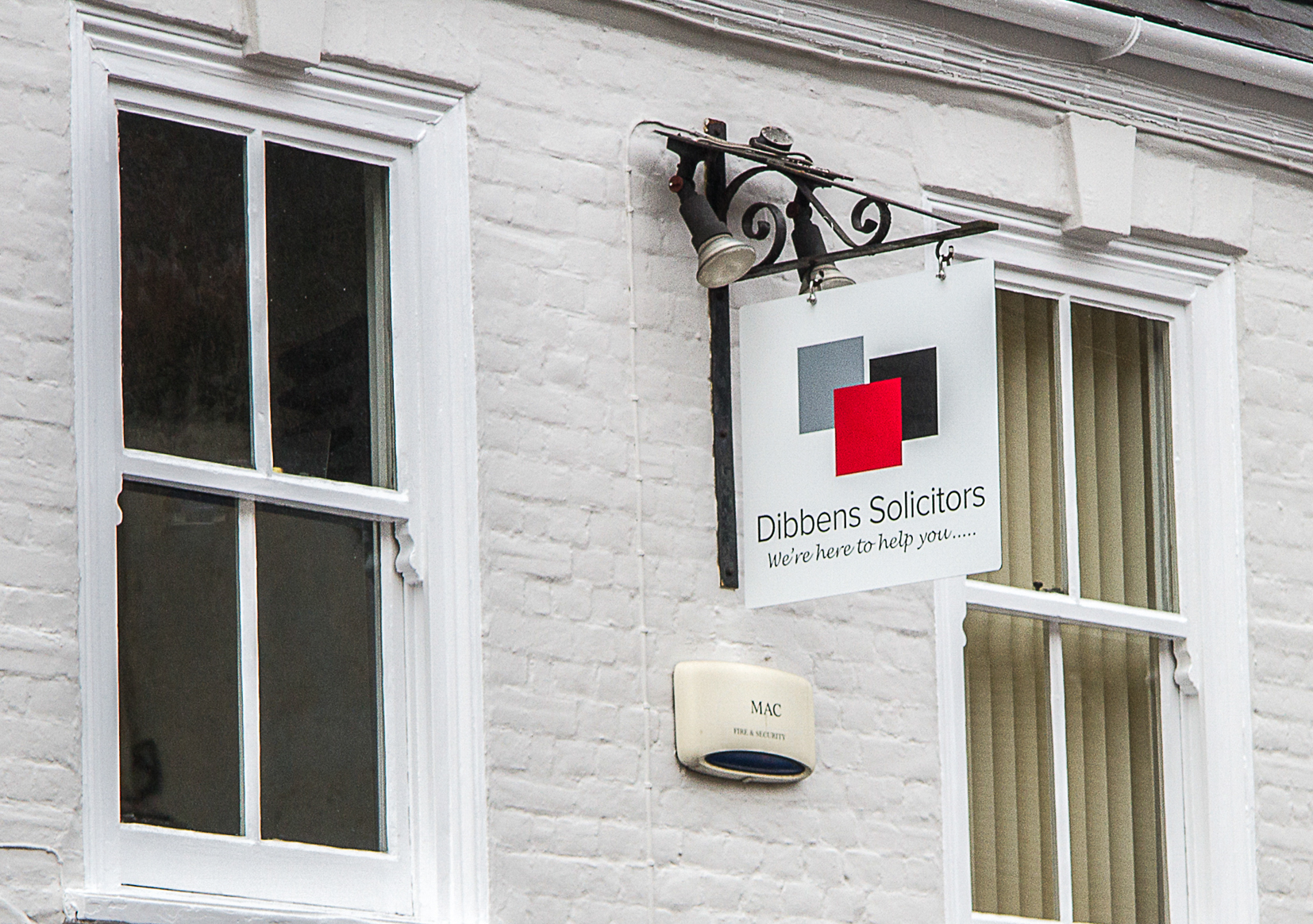KEY WORDS
Freehold Ownership
This refers to the outright ownership of a defined piece of land and includes the ownership of all buildings on the land. The freehold includes the land below ground level and the airspace above. This is the most complete form of ownership possible.
Leasehold Ownerhip
This refers to the ownership of a defined piece of land and includes the ownership of all buildings on the land for a specified number of years. It can also be of a defined part of a building for a specified number of years. The ownership of a leasehold property particularly where it is part of a building will involve the imposition of legal arrangements between the landlord and the tenant for the insurance and maintenance of the building. The arrangements however can be varied according to the particular requirements and needs of the development and can result in sophisticated and complex structures involving management companies and managing agents.
Easements
Legal easements are the rights granted or reserved between the seller and buyer relating to the convenient use of the property being sold or the continuing benefit of the land being retained. These need to be carefully identified and described. The law imposes certain restrictions on what can and cannot be a legal easement. These therefore need to be carefully checked.
Covenants
Restrictive covenants are imposed by a land owner on the sale of property restricting the way in which the property can be used in the future. A typical example of this would be a requirement that the land only be used by reference to a particular description e.g. a house industrial premises shops or offices and for no other purpose. There are complex rules surrounding the creation of such covenants and their future enforceability. For someone buying a residential property to live in they need to know that the property has been constructed in a way that does not breach any covenants and that if any alterations have been or will be carried out to the property that these have been carried out either without breaching the covenants or as a result of an appropriate consent having been granted. In the case of commercial property similar considerations relating to commercial use are important and that again the covenants have been complied with, having regard to the existing buildings or any future alterations.
Planning Permission and Building Regulation approval
In any property transaction it is important to establish the current planning permission relating to the buildings constructed on the land and that full consent has been given in respect of the current configuration and alterations made to the original planning permission for development granted. In the case of commercial property it is important to make sure that planning permission for the current or proposed use is in existence and in all circumstances that there are no conditions attaching to the planning permission which might affect the continued or future use of the building upon a change of ownership. Whilst planning permission deals with the physical structure and the use of the land building regulation approval is required to ensure that the structure conforms to the necessary standards to provide a safe structure, including environmental considerations which embrace a wide range of factors including noise transmission building efficiency amenity and insulation requirements





